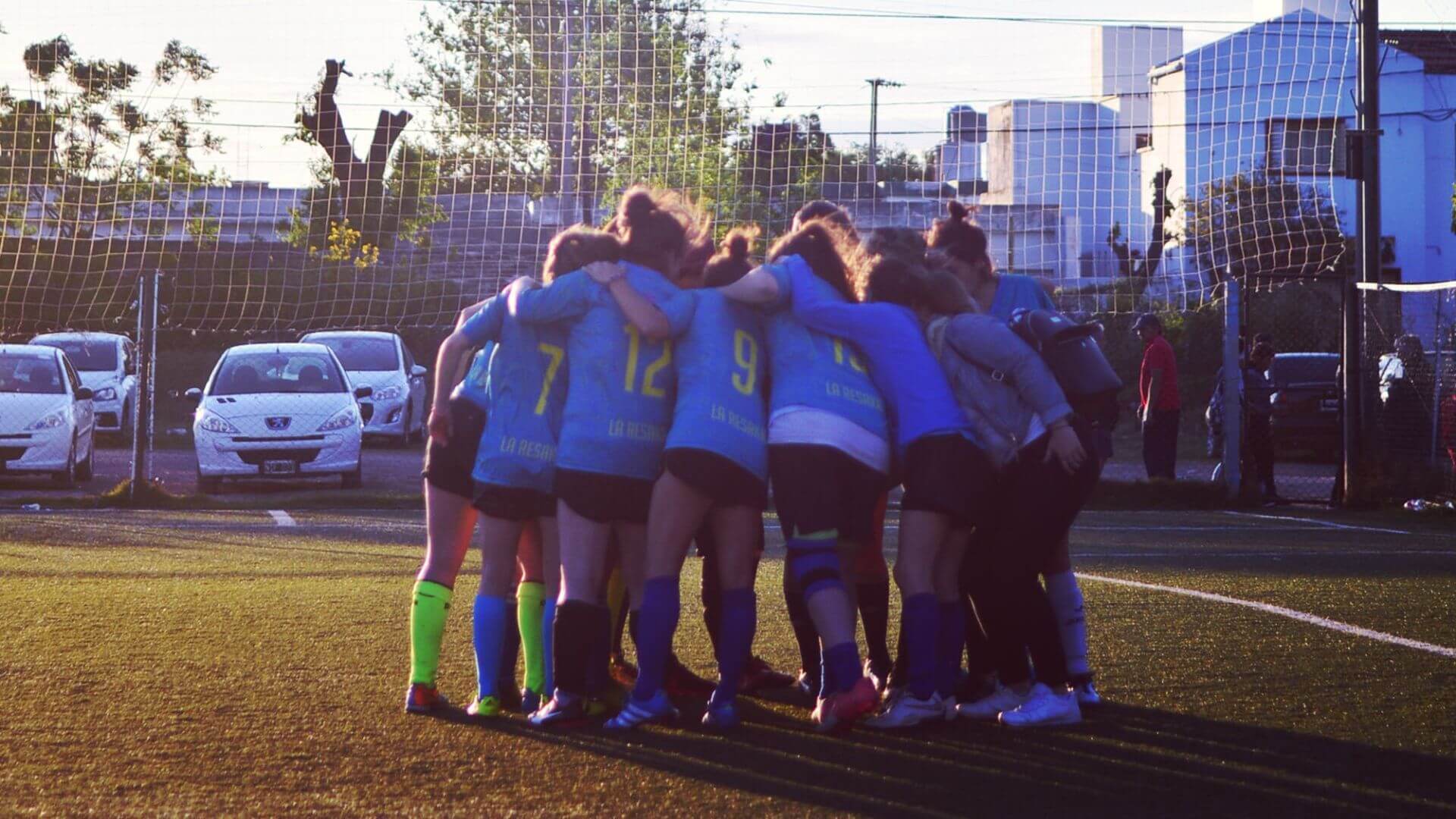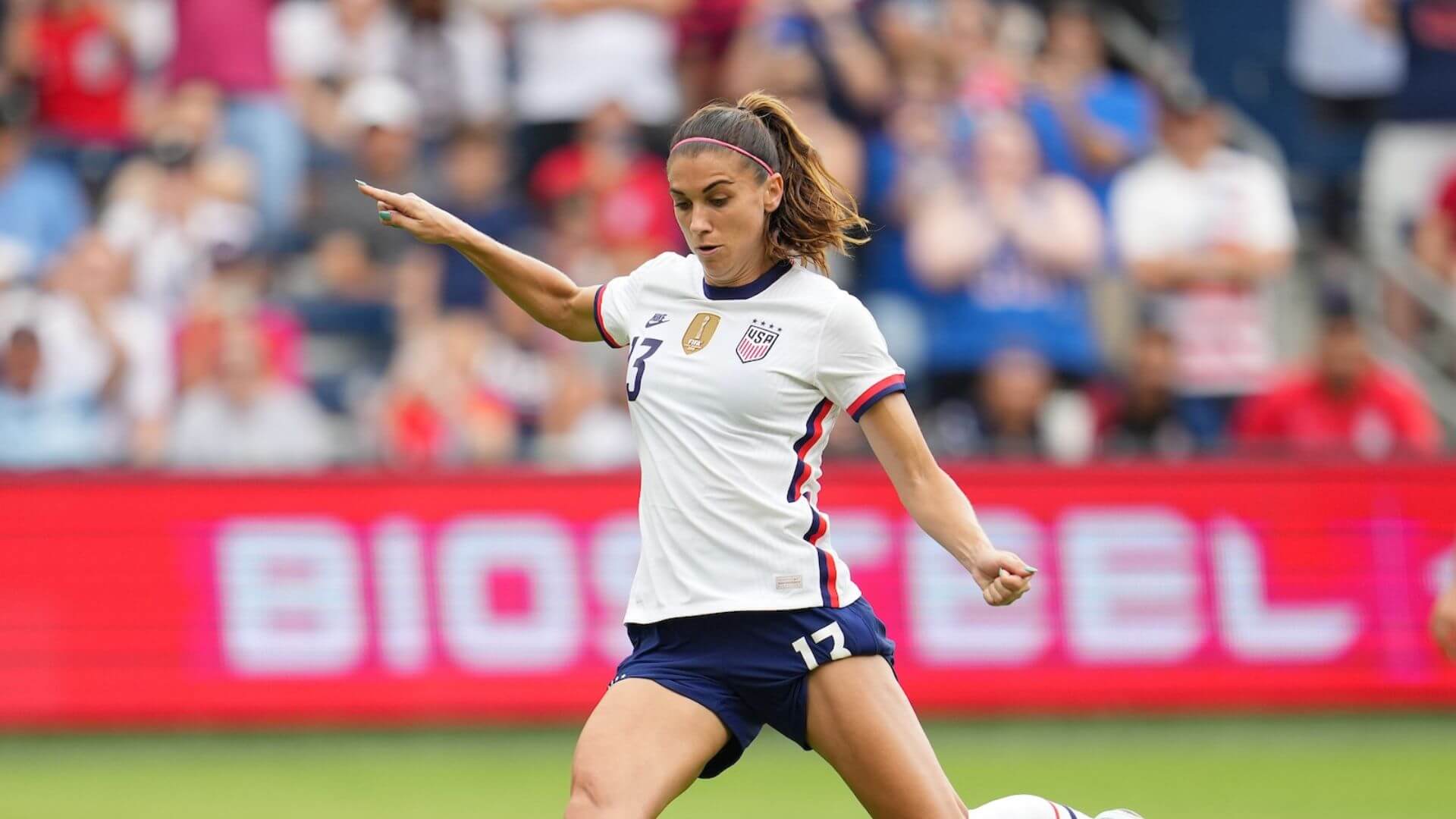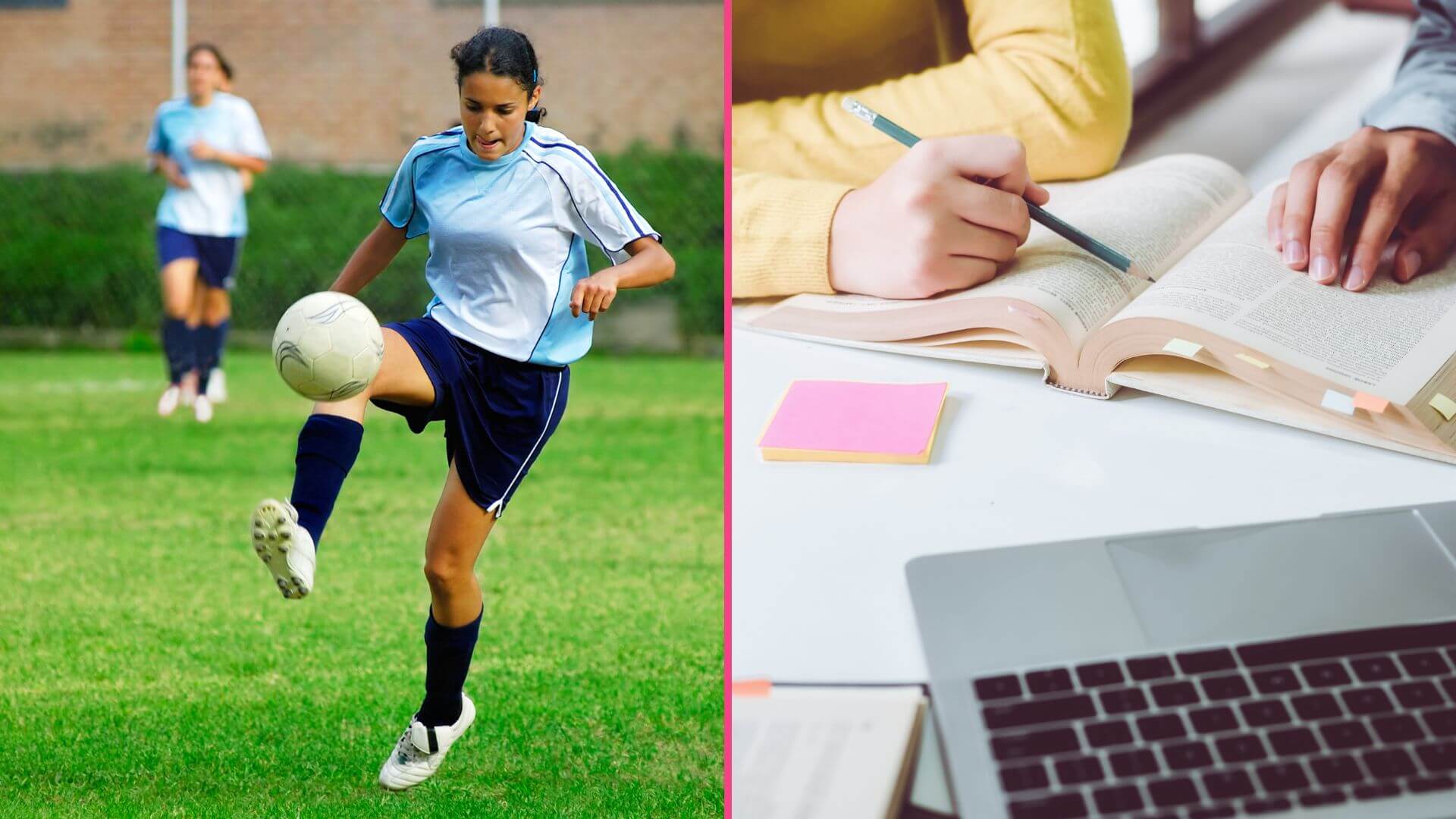Are Female Hormones and ACL Injuries Related?
Research shows females athletes are 3-6x more likely to experience an ACL injury compared to male athletes. Are our hormones to blame – our bones more fragile? Or is there much more to the story we need to consider?
When we look at scientific studies, “female” sex hormones have the potential to impact the structure of their ACL. Think about, for example, collagen metabolism, ligament remodeling, and structural integrity.
In theory, hormones must be the culprit! After all, females have higher levels of estrogen than men, and we know this hormone effects collagen, metabolism, and ligament laxity.
We do know knee laxity increases when estrogen levels rise during certain phases of the menstrual cycle. Considering this is linked to ACL injury risk, it makes sense that female athletes are more likely to experience non-contact ACL injuries.
THE END!
But far from giving us clarity, this kind of “black and white” thinking only clouds our effort leaving us to question:
1. Do female sex hormones make women inherently weaker?
2. Are females at higher risk of injury simply because we’re female?
3. During certain times of our hormonal cycle are females at more risk of injury?
Well, it’s really not that black and white..
Sex hormones are complex. They vary widely from athlete to athlete and from one period to another. Most importantly for this conversation, their role is only one part of a larger system.
Quite frankly, we all know women experience hormonal fluctuations.
However, hormones do not act alone!
This potentially disastrous effect of estrogen and increased knee laxity is decreased when progesterone and/ or testosterone is present.
Guess what? Testosterone and progesterone also fluctuate with estrogen throughout a female’s cycle…. And with every cycle, these fluctuations can be different.
Even more, if hormones were the culprit, why are females who are experiencing depressed hormones and absent cycles demonstrating higher injury risks?
“Female athletes who demonstrate menstrual cycle disturbances (and depressed sex hormone concentrations and fluctuations) report a greater percentage of severe musculoskeletal injuries than athletes with normal menses (8).”
Meaning females who have LOWER levels of sex hormones actually show higher rates of musculoskeletal injuries.
Maybe having female hormones and being an athlete isn’t really the cause of injury after all.
Could there be something else we aren’t considering?
Current science is starting to conclude what us female athletes have felt all along:
It is highly unlikely any negative effect on soft tissues is due to a single hormone, but rather represents a complex interaction among multiple hormones and other relevant factors. For example as the individual’s genotypic profile and exercise habits,
Basically, you can’t generalize what is going on as a consequence of being female. Male and females all have different genetics, are in different sports, and train at different intensities.
All of these factors may describe the extent to which a female athlete is susceptible to an ACL injury! What Does This Mean For Us Girls?
The human body is complex.
As our knowledge grows, our perspectives evolve. We once thought the relationship between women’s hormones and ACL injuries was black and white.
Now, we’re seeing the problem isn’t that simple to solve. There are many factors that might play into why females are experiencing ACL injuries at such greater rates than males.
Before we start villainizing our hormones for the cause of this “sex disparity”, it may make more sense to look at other differences between male and female athletes that go beyond hormones.
Keeping this in mind, it’s time to consider if higher knee laxity is biological…or environmental.
Is it nature that causes ACL injuries, or nurture?
Tools and training, especially strength training, have been shown to decrease injury risk in all athletes. But to date, most female athletes are not provided these tools to the same degree as men. In fact, research at the high school level cites 50% of male athletes are required to engage in strength training, while less than 10% of female athletes are required.
Hopefully, as we empower girls to hit the weight room in between soccer practice, we’ll see the male to female injury gap close. And, if it turns out hormones really do put female athletes at a higher risk, doesn’t doing all we to reduce our chance of injury simpy make sense?
_
GIRLS SOCCER NETWORK: YOUR SOURCE FOR GIRLS SOCCER NEWS
Girls Soccer Network
Your source for girls soccer news
Related Content
Here’s How to Focus Less on Winning and Focus on Self Improvement
Why Communicating More Can Be Difficult For Girl’s Soccer Players
Veganuary: 5 Women’s Soccer Players Who Swear by a Vegan Diet
10 Soccer-Inspired Careers for Life After Soccer
5 Common Roadblocks Faced While Balancing School and Soccer
Recommended Content
It seems we can't find what you're looking for.








